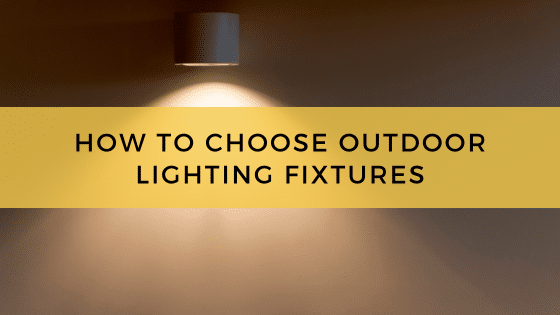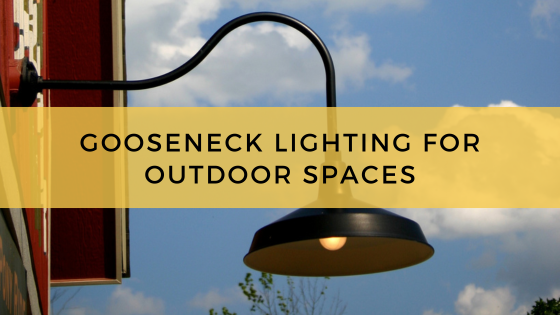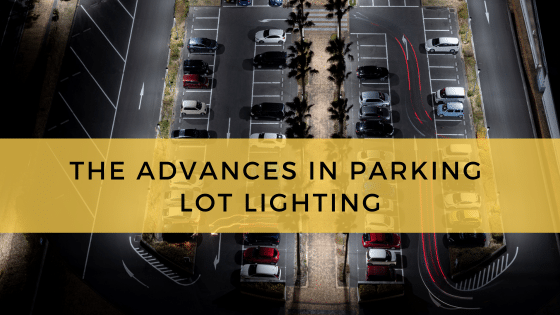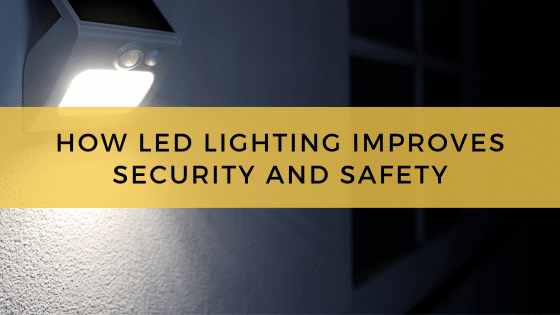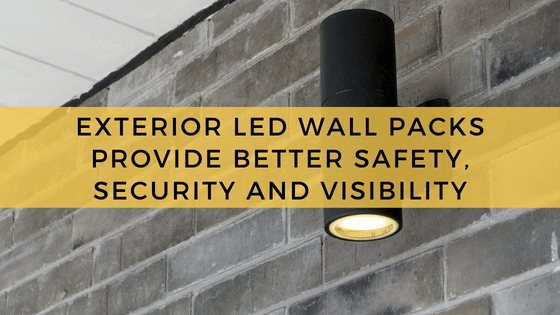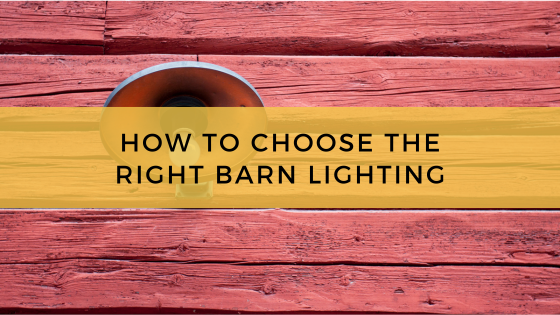
Are you considering investing in the rustic, vintage charm of barn lighting? Here are some considerations on how to choose the right barn lighting:
- Consider your space and application
- Model your lighting goals with photometric analysis
- Determine the right fixtures and style for your project
- Bring in the lighting installation professionals when it is time to set your lights up
Barn lighting is prized for its old-world aesthetic and effectiveness in many applications. By following the process above, you will choose the right barn lighting for your setting.
Choose the Best Barn Lighting for Your Application
Barn lighting has been around in some form for more than a century, so there are plenty of fixtures to choose from. Modern barn lights are also compatible with LED lighting technology, which provides superior energy efficiency, longevity and performance. If you are considering LED barn fixtures for your home or business, here are the details on how to choose the right lights:
- Consider your space and application – What will you use your barn lighting for and where will it be installed? If you are putting together a residential lighting project, you are likely installing barn lighting for their aesthetic qualities and to add accent or decorative illumination to your space. If your barn lights are intended for a commercial application, aesthetics may still be a concern, but you will also need to factor in the light’s performance in various applications, such as security or signage lighting applications. Some barn lights are a better fit for accent, signage or security applications than others.If you are unsure whether a particular barn light will meet your lighting project’s needs, an expert lighting company can provide valuable insight into your fixture and lamp selection. However, before a lighting professional can expertly guide your project, you will need to roughly map out your lighting objectives.
- Model your lighting goals with photometric analysis – Lighting professionals utilize photometric analysis to precisely model projected lighting values throughout the space once the barn lights are installed. This process provides an advance look at what your barn lighting system will look like, and how it will illuminate the space.This software-based analysis is used to build a computerized model of the project area. Various LED fixtures are positioned in the model to see how they would perform in real life. Photometric analysis derives its lighting data from the manufacturers themselves, so it is accurate and precise.
If your professional lighting partner uses photometric analysis for its projects, they will be able to optimally position and aim the barn lights for your application. This approach is particularly important for commercial and industrial settings, where maximizing lighting efficiency and coverage while also minimizing lighting trespass and pollution onto neighboring properties. Photometric analysis guarantees your barn lighting project will not violate local lighting ordinances.
- Determining the right size and style for your project – Part of choosing the right barn lighting is selecting the appropriate fixture size and design for the application.Barn lighting is available in several fixture designs and in a staggering array of styles. Contemporary, modern, rustic and geometric are some of the options, and the right choice here will come down to aesthetic preference or to ensure a visual match with your facilities and existing fixtures.
The options between different types of barn fixtures include gooseneck fixtures, pendant fixtures, ceiling-mounted fixtures and wall-mounted fixtures. Each one is designed for different applications.
Gooseneck fixtures are so named because the fixture features a curved “neck” that resembles a goose’s neck. These barn lights are typically used in sign lighting or accent lighting applications, as they are closely associated with a vintage aesthetic that attracts attention. They are also effective at illuminating a small target like a sign.
Pendant fixtures are suspended from the ceiling using a long chain or cable, so they are usually installed right over the intended target. These fixtures are used exclusively for task or accent lighting applications, and they are also ideal for illuminating smaller areas. Pendant fixtures, like gooseneck fixtures, are available in an impressive array of aesthetic designs, so they can be matched to any space or facility.
Ceiling-mounted fixtures are attached directly to the ceiling and are therefore placed further away from the intended target. Also termed bay lights, ceiling-mounted fixtures are the right barn light for workshops and areas where visibility and even lighting coverage are the priorities. A lighting expert can help determine which bay lights to choose to ensure adequate lighting coverage for your project.
Wall-mounted fixtures, also known as wall pack lights, are typically used in security or general lighting applications. As the name suggests, they are mounted to walls – interior or exterior – and can therefore be placed nearly anywhere. When choosing the right barn lights for your application, wall pack lights can boost visibility in areas where it is important, but they are not considered the first choice where aesthetics are a concern. As such, wall pack fixtures are often combined with other barn lights to create the desired look.
Lighting Experts Can Help with Choosing or Installing the Right Barn Lights
Barn lights bring classic charm and excellent versatility to any residential or commercial application. The question is: Which barn lights are the right choice for your project? Another important consideration is who will install them? A professional lighting crew can assist with both, with expert insight and photometric analysis that will optimize your barn lighting system.

